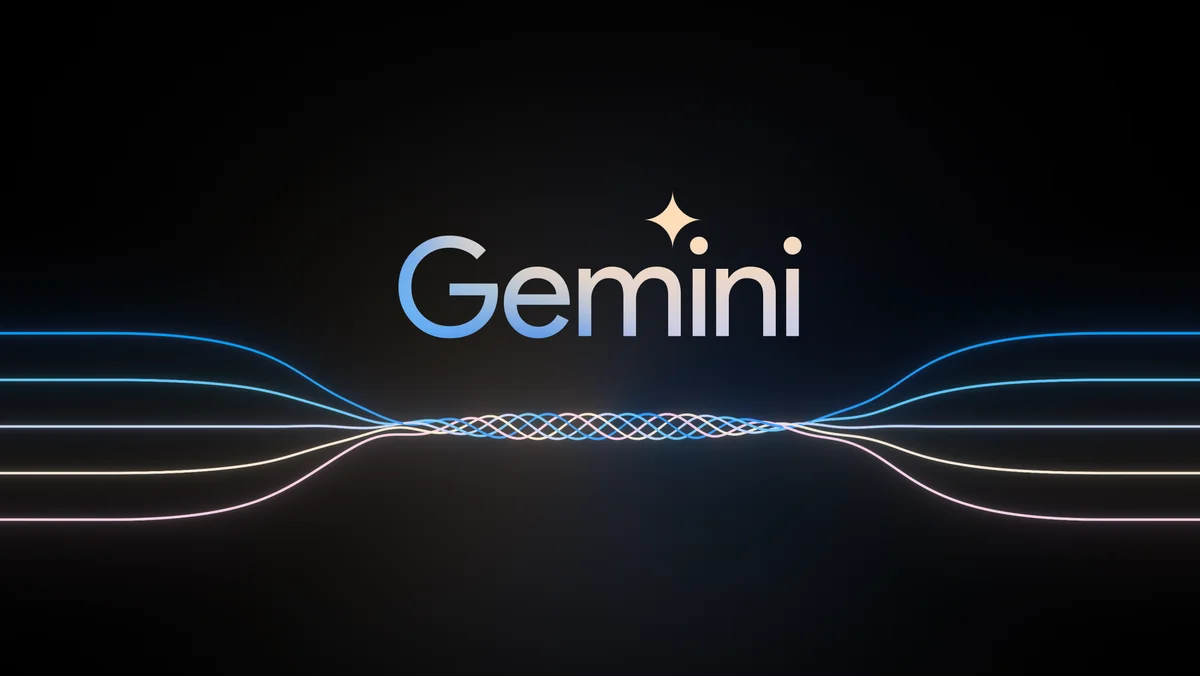Google has revealed two big updates for Gemini 1.5 Pro and the Gemini API, which greatly increase the capabilities of its premier large language model (LLM):
2 Million Context Window
With Gemini 1.5 Pro, developers may now take advantage of a 2 million context window, which was previously limited to 1 million tokens. This makes it possible for the model to generate content that is more thorough, enlightening, and coherent by enabling it to access and analyse a far wider pool of data.
Code Execution for Gemini API
With this new functionality, developers can allow Python code to be generated and run on Gemini 1.5 Pro and Gemini 1.5 Flash. This makes it possible to undertake activities other than text production that call for reasoning and problem-solving.
With these developments, Google’s AI goals have advanced significantly and developers now have more control and freedom when using Gemini. Let’s examine each update’s ramifications in more detail:
1. 2 Million Context Window: Helpful for Difficult Assignments
The quantity of text that comes before an LLM generates the next word or sentence is referred to as the context window. A more expansive context window enables the model to comprehend the wider context of a dialogue, story, or inquiry. This is essential for jobs such as:
Summarization
Gemini can analyse long documents or transcripts with greater accuracy and information by using a 2M context window.
Answering Questions
Gemini are better able to comprehend the purpose of a question and offer more perceptive and pertinent responses when they have access to a wider background.
Creative Text Formats
A bigger context window enables Gemini to maintain character development, continuity, and general coherence throughout the composition, which is particularly useful for activities like composing scripts, poems, or complicated storylines.
The Extended Context Window’s advantages include
Enhanced Accuracy and Relevance
Gemini can produce outputs that are more factually accurate, pertinent to the subject at hand, and in line with the user’s goal by taking into account a wider context.
Increased Creativity
Geminis may be more inclined to produce complex and imaginative writing structures when they have the capacity to examine a wider range of data.
Streamlined Workflows
The enlarged window may eliminate the need for developers to divide more complex prompts into smaller, easier-to-handle portions for tasks needing in-depth context analysis.
Taking Care of Possible Issues
Cost Increase
Higher computational expenses may result from processing more data. To address this issue, Google built context caching into the Gemini API. This reduces the need to repeatedly process the same data by enabling frequently used tokens to be cached and reused.
Possibility of Bias
A wider context window may exacerbate any biases present in the training data that Gemini uses. Google highlights the value of ethical AI development and the use of diverse, high-quality resources for model training.
2. Code Execution: Increasing Gemini’s Capabilities
Gemini’s ability to run Python programmes is a revolutionary development. This gives developers the ability to use Gemini for purposes other than text production. This is how it operates:
The task is defined by developers
They use code to define the issue or objective they want Gemini to solve.
Gemini creates code
Gemini suggests Python code to accomplish the desired result based on the task definition and its comprehension of the world.
Iterative Learning
Programmers are able to examine the generated code, make suggestions for enhancements, and offer comments. Gemini may then take this feedback into consideration and gradually improve its code generating procedure.
Possible Uses for Code Execution
Data Analysis and Reasoning
Gemini can be used for tasks like data analysis and reasoning, such as creating Python code to find trends or patterns in datasets or carry out simple statistical computations.
Automation and scripting
By creating Python scripts that manage particular workflows, Gemini enables developers to automate time-consuming tasks.
Interactive apps
Gemini may be able to produce code for basic interactive apps by interacting with outside data sources.
The advantages of code execution
Enhanced Problem-Solving Capabilities
With this feature, developers can use Gemini for more complex tasks involving logic and reasoning than just text production.
Enhanced Productivity
Developers can save significant time and improve processes by automating code generation and incorporating feedback.
Reducing Entry Barrier
Gemini may become more approachable for developers with less programming knowledge if it can produce Python code.
Security Points to Remember
Sandbox Execution
Google stresses that code execution takes place in a safe sandbox environment with restricted access to outside resources. This lessens the possibility of security issues.
Focus on Particular Tasks
At the moment, the Gemini API is primarily concerned with producing Python code for user-specified tasks. This lessens the possibility that the model may be abused or used maliciously.
In summary
The extension of Gemini’s capabilities by Google is a major turning point in the development of LLMs. While code execution creates opportunities for new applications, the 2 million token window allows for a richer grasp of context. We anticipate a rise in creative and potent AI applications as the Gemini ecosystem develops and developers investigate these new features.
Other Things to Think About
- The technological features of the update were the main topic of this essay. You can go into more detail about the consequences for various sectors or particular use cases.
- Provide contrasts with other LLMs, such as OpenAI’s GPT-4, emphasising the special advantages of Gemini.
- Talk about any moral issues that might arise from using code execution capabilities in LLMs.


